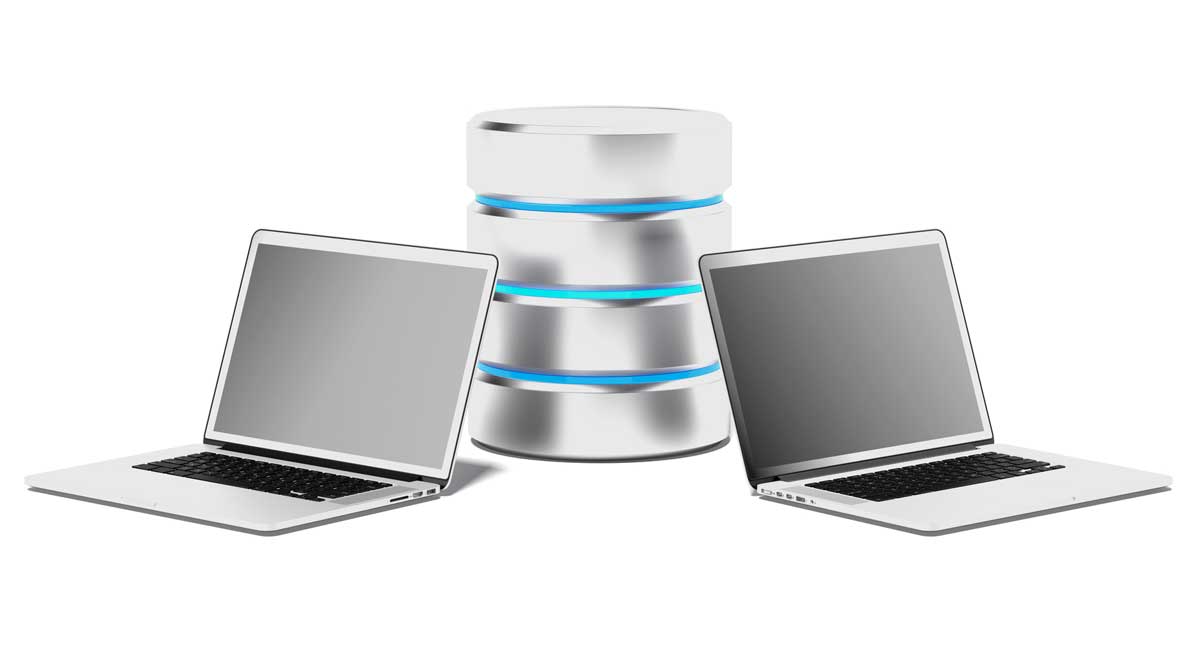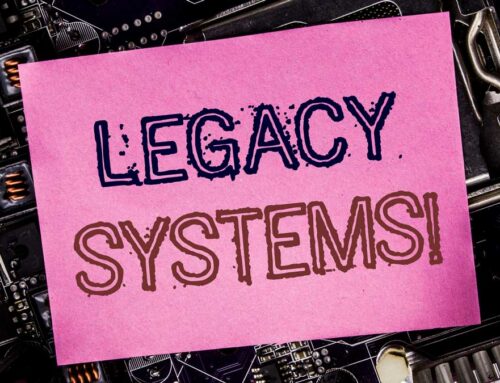
The original idea behind Oracle XE when it came out in 2005 was to have a smaller, lighter, less resource-intensive database that could be run on smaller hardware. It was meant to be a sandbox, something developers could play with and use to hone skills with databases, as well as familiarizing themselves with Oracle.
That has changed.
The new face of Oracle XE
With XE 18c, Oracle has finally opened the playground. No longer is Oracle XE solely a developer use case. Instead, it’s a much more flexible, much more powerful option that runs like its big brother.
Oracle developer Gerald Venzi noted this on his personal blog when Oracle first started to push these changes. “We had an idea,” he says, “the idea that the new Oracle XE should be a fully capable, free to use but resource limited, single instance Enterprise Edition.”
With 18c, Oracle took a different direction. The hardware restrictions were lessened, and the feature set opened up to a whole new level. Instead of a barebones small-footprint version of the full Oracle database, XE is now a fully-fledged database system of its own.
For everyone?
Oracle XE 18c’s tagline states that it’s for everyone. That’s true to some extent, but there are definitely some applications where it’s not necessarily the right choice. For many businesses and science applications, it’s too dangerous to operate without direct vendor support from Oracle themselves.
In some cases, though, Oracle XE is enough to do what a business needs. That’s where a third-party vendor like LSG comes in. We can help you get a database running that will do what your business needs and provide the support you need to keep it going.
No tags for this post.






Leave A Comment